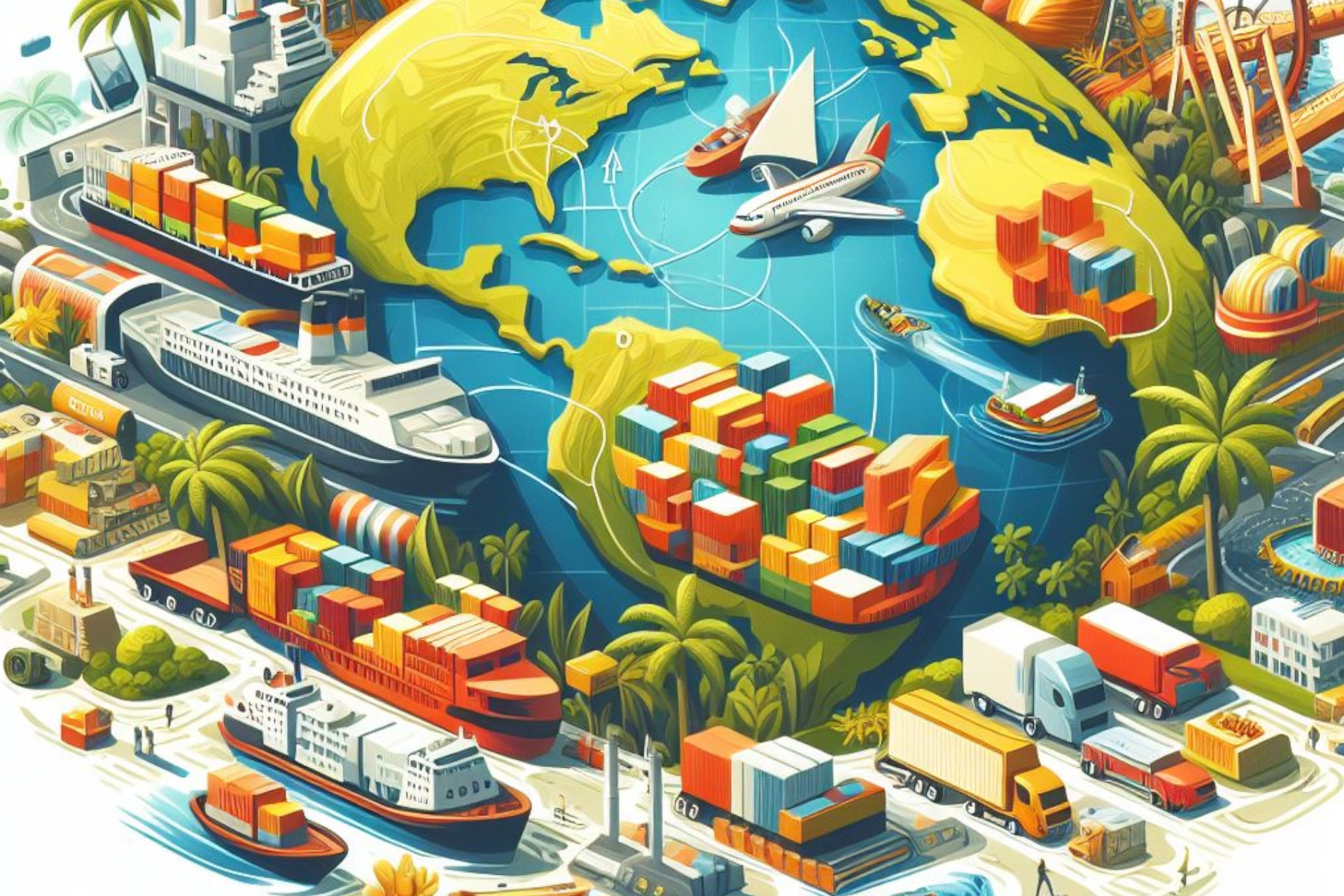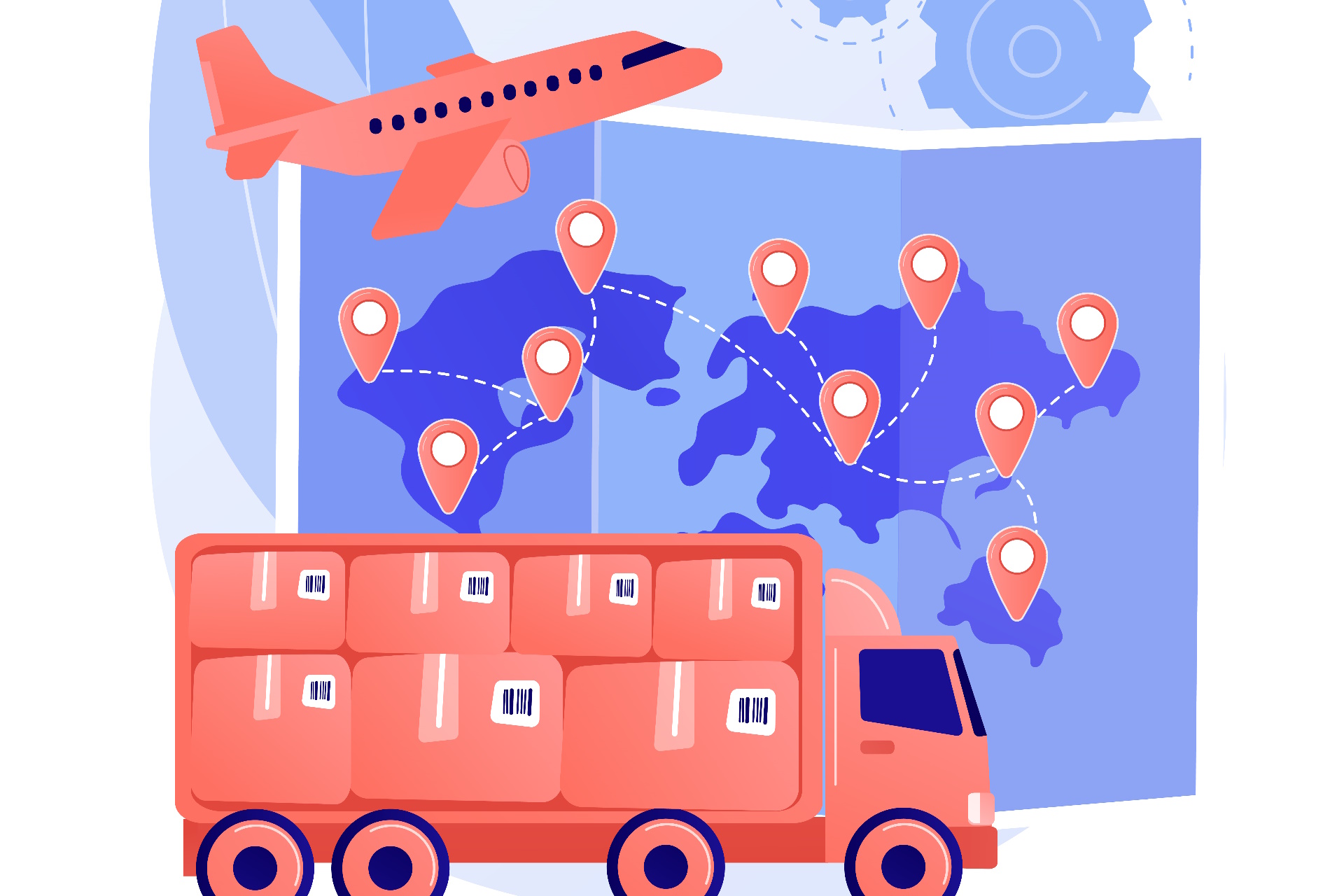The growth of digital nomads introduces distinct global supply chain challenges in international trade, including unpredictable demand patterns, regulatory compliance, time zone differences, and cultural diversity. Despite these challenges, this trend provides opportunities for businesses to tap into diverse talent and markets. By leveraging technology and investing in cultural and legal understanding, businesses can navigate these complexities and harness the potential of this new working paradigm.
The rise of digital nomads, a byproduct of the digital era, has reshaped traditional work paradigms. Simultaneously, it has introduced a unique set of global supply chain challenges in international trade that businesses need to address to remain competitive.
The sheer mobility of digital nomads affects supply chain logistics. This demographic of professionals, free to work from any corner of the world, creates unpredictable demand patterns, which complicate forecasting, inventory management, and transportation logistics.
Furthermore, localized legal and regulatory compliance adds another layer of complexity. Laws around taxation, employment, and trade differ vastly across jurisdictions. These variations demand a higher degree of vigilance and adaptability to ensure compliance.
Additionally, maintaining seamless communication across multiple time zones is another significant challenge. Coordination between suppliers, distributors, and customers can be tricky when stakeholders are spread across the globe. Despite advances in digital communication tools, time zone differences can delay responses and slow down decision-making processes.
The cultural diversity associated with a globally dispersed workforce and customer base is another consideration. Misunderstandings stemming from cultural differences can lead to delays and increased costs. It's crucial to foster an understanding of various cultural nuances to mitigate potential misunderstandings.
Despite these challenges, the rise of digital nomads provides exciting opportunities for businesses. It allows them to access a larger talent pool and diverse markets. It also promotes innovation by bringing together people with different perspectives and experiences.
Businesses can address these challenges by leveraging technology, such as predictive analytics for demand forecasting, and digital platforms for communication and project management. Also, investing in cultural training and legal advice can help navigate cultural and regulatory complexities.
In essence, while the rise of digital nomads presents unique supply chain challenges, it also offers immense opportunities. By understanding these challenges and implementing strategic solutions, businesses can turn potential hurdles into stepping stones for success.
Related Information



















































